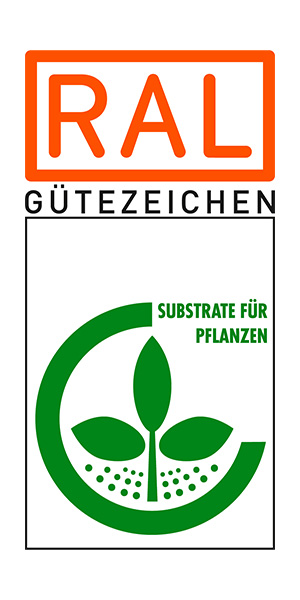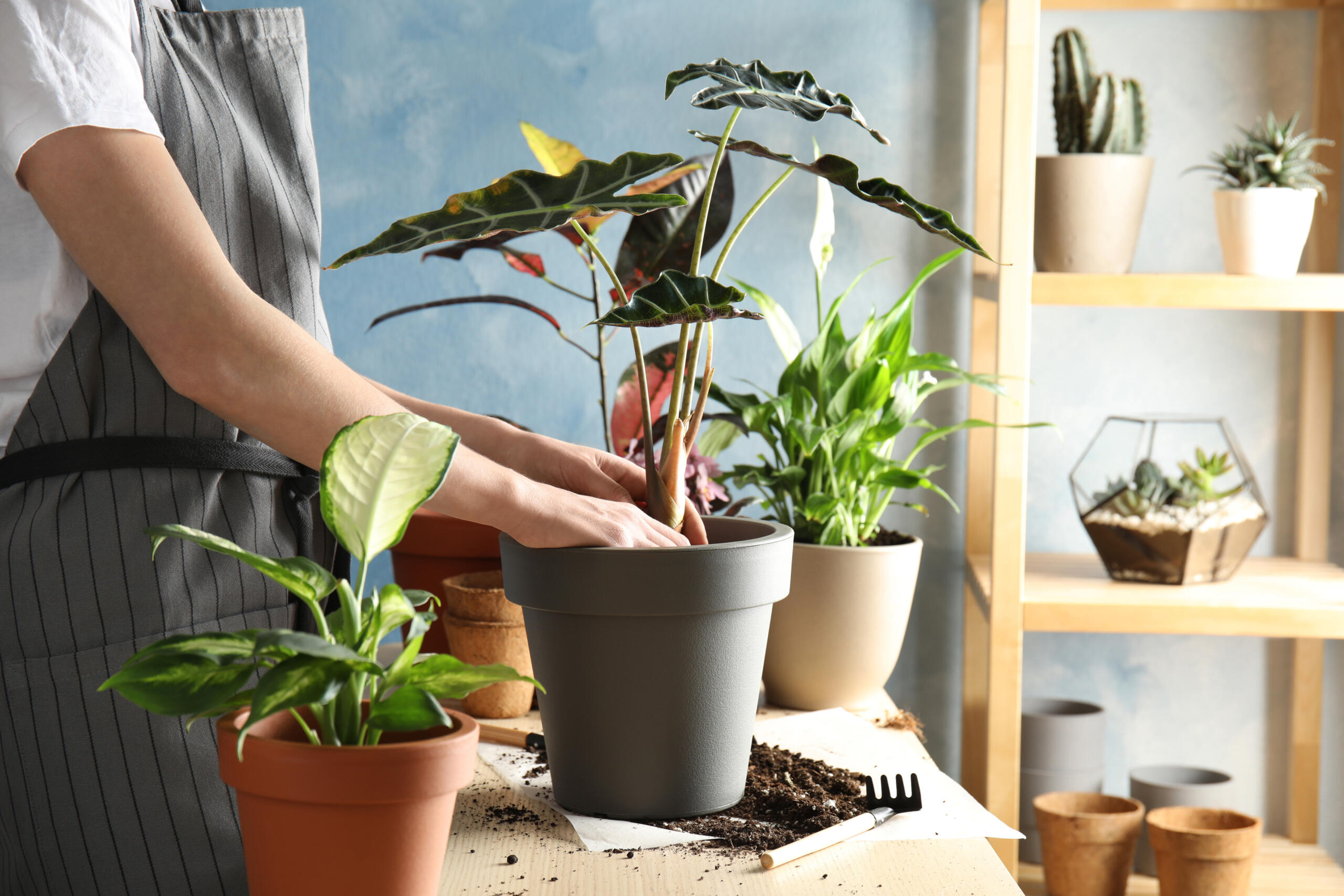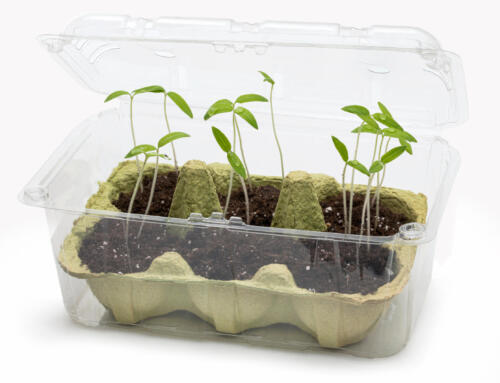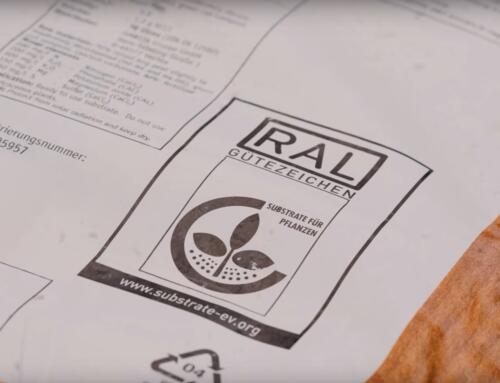Houseplants bring fresh greenery into the home and ensure a pleasant indoor climate. However, many plants take a vegetation break during the winter months. So that they can really sprout and blossom again after the dormant phase, we advise you to give them a larger pot and fresh soil towards the end of the cold season. You can find instructions on how to repot houseplants correctly here.
Go for potting soil with a RAL quality mark
In general, houseplants should be repotted every two years. At the latest when the soil is fully rooted, the proportions of pot and plant are no longer correct, limescale deposits encrust the soil surface or the roots are already growing out of the drainage hole. A new pot provides more space for growth. In addition, the new soil provides a rich supply of nutrients that the plant needs for its development. In this context, we recommend potting soils that carry the RAL quality mark. This potting soils are characterised by a good structure, the right pH value and a balanced nutrient content. You can find a list of manufacturers of such potting soils here: To the product filter.
Their high storage and drainage capacities also ensure that plants neither drown nor die of thirst when there is sufficient water. In addition, potting soils with the quality mark do not contain any weed seeds or growth-inhibiting substances.
Repot houseplants tips and tricks
If you follow a few tips and tricks when repotting, you can be sure that the plant can start the next growing season with renewed vigour. The new pot should be two to three centimetres larger than the old one. To improve aeration of the roots and prevent waterlogging, the bottom of the pot should first be covered with gravel, clay shards or expanded clay. Then fill in some fresh soil. Before placing the plant in the pot, it is advisable to loosen the root ball slightly. Shorten any excessively long roots and remove any dried or rotten roots. Now straighten the plant and fill in the fresh potting compost to one centimetre below the edge of the pot, press down well and water with lukewarm water.
How do I fertilise and water correctly after repotting?
High-quality potting soil already contains a certain amount of fertiliser at the time of purchase. But: This amount is only sufficient for the initial period after repotting. Information on when fertiliser should be added can be found on the back of the packaging or in our article about fertilising. However, you can also support the optimum growth of freshly repotted plants when watering them. The water should not be too cold or too calcareous. The use of a standard household anti-limescale water filter has proven its worth here. We recommend watering the plants from below through a saucer or with the help of planters.







